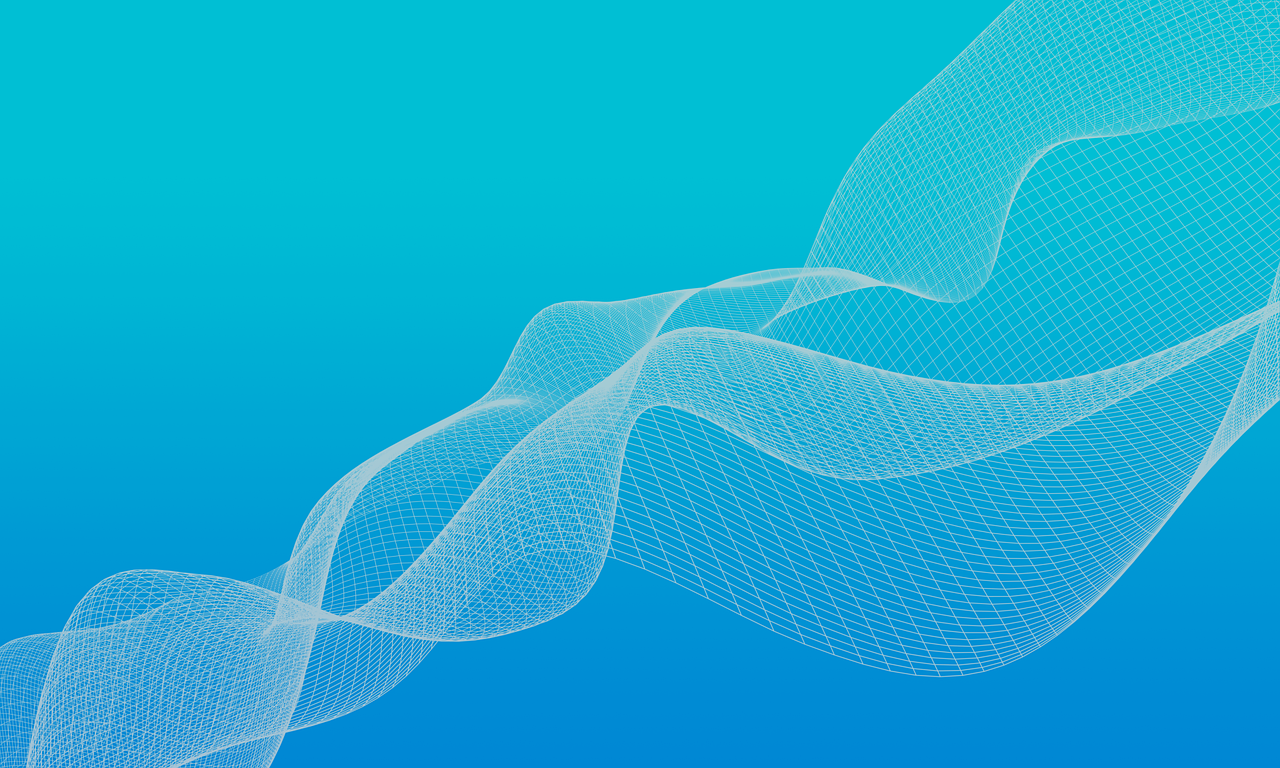 The internet has changed how people create, share, and access information. With faster connections, cloud storage, and digital tools, the online world has become a space for creativity and collaboration. One example is Freepik, a platform that provides thousands of design resources such as icons, photos, and templates. But many users look for ways to download these files quickly and easily, which leads to the growing interest in Freepik downloader.
The internet has changed how people create, share, and access information. With faster connections, cloud storage, and digital tools, the online world has become a space for creativity and collaboration. One example is Freepik, a platform that provides thousands of design resources such as icons, photos, and templates. But many users look for ways to download these files quickly and easily, which leads to the growing interest in Freepik downloader.
The Growth of Internet Technology
Internet technology has come a long way since its early days of dial-up connections. Today, fiber optics, 5G, and cloud computing make it possible to share large files in seconds. This progress supports creative industries where designers, marketers, and students rely on quick access to online resources. With faster speeds and better platforms, tasks like downloading images, creating presentations, and editing videos have become much easier.
The development of online tools also means people can now work anywhere. Designers can collaborate in real time through cloud-based applications. A simple design request can be completed by a remote worker and shared instantly through the internet. This convenience shows how deeply connected daily work has become to digital technology.
What Makes Freepik a Popular Resource
Freepik is one of the most visited websites for designers and content creators. It offers free and premium files, including vector graphics, icons, and stock photos. These resources help users save time because they don’t need to design from scratch. Students use Freepik to create school projects, while marketing teams use it for branding materials and social media posts.
Freepik’s appeal lies in its simplicity. Users can type in what they need, browse through results, and download a file within seconds. Premium members get access to exclusive designs, higher-quality images, and the ability to use resources without attribution. With millions of assets available, Freepik has become a go-to platform for anyone looking to enhance visual content quickly and affordably.
How Freepik Downloaders Work
A Freepik downloader is a tool that helps users save images or design files directly from the Freepik website. Many of these tools are browser-based, meaning users don’t need to install extra software. They work by taking the file link and processing it into a downloadable format.
However, it’s important to note that not all downloaders are authorized by Freepik. While they may provide convenience, using unofficial tools can violate Freepik’s terms of service. Some may even risk exposing users to malware or privacy issues. Official downloads through a registered Freepik account are always the safest and most ethical way to access resources.
Still, there are legitimate cases where a Freepik downloader can be useful. For instance, educators and designers working with limited internet access may use these tools to store materials for offline use. As long as the content is used under Freepik’s license terms, these downloaders can help make resources more accessible and efficient to use.
Responsible Use and Copyright Awareness
Every file on Freepik comes with specific usage rights. Some can be used for personal projects, while others require attribution or a premium license for commercial purposes. Users should always check the file’s license details before using it in their work. This protects both the creator and the user from potential copyright issues.
Using Freepik downloaders irresponsibly can harm digital artists and designers who depend on fair compensation for their work. It’s important to understand that Freepik pays contributors when their content is downloaded legally. Avoiding unofficial downloaders not only keeps your data safe but also supports the creative community that produces these valuable resources.
Ethical use also includes crediting creators when required. Many free files on Freepik come with an attribution condition, meaning users must mention the author in their work. Doing so shows respect for the creator’s effort and promotes a culture of honesty and appreciation in the design industry.

